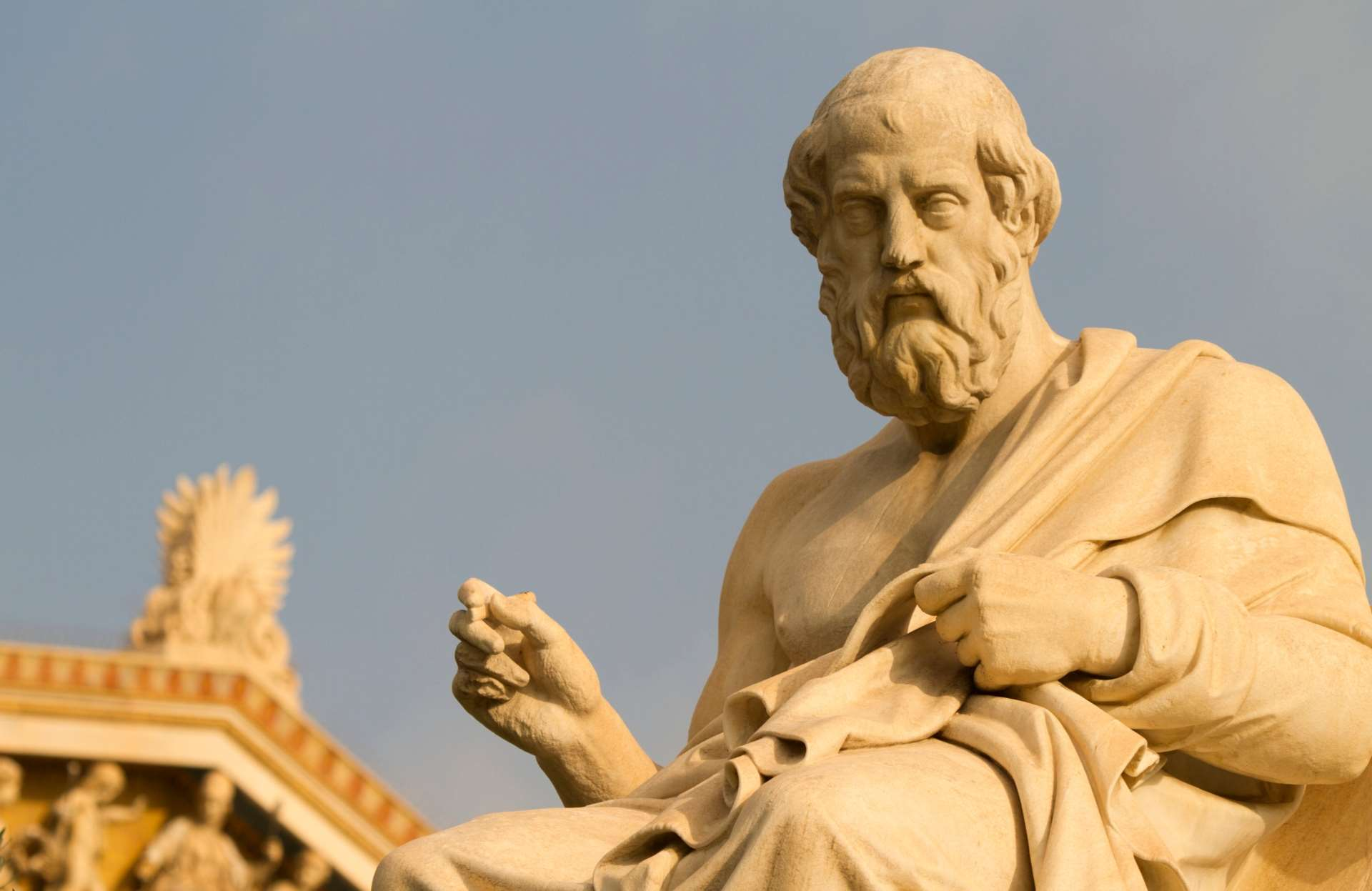Of the Seven Wonders of the Ancient World, only one remains standing today. The others are known to us solely through historical accounts. But thanks to advances in artificial intelligence, we now have the tools to breathe new life into these lost marvels.
With the help of AI platform Midjourney, the Daily Mail has recreated stunning images that imagine how these ancient wonders might appear if they had withstood the test of time and escaped the destruction that erased them from history.
The Colossus of Rhodes
This monumental statue, standing 30 meters tall, depicted the sun god Helios. It once towered over the harbor of Rhodes, welcoming sailors as they arrived.
Construction took 12 years to complete. Tragically, in 225 BC, a powerful earthquake struck the island, causing the awe-inspiring figure to collapse.
The Great Pyramid of Giza
The only surviving wonder of the ancient world, the Great Pyramid of Giza in Egypt, remains an architectural marvel. Commissioned by Pharaoh Khufu, its construction took 20 years. Each massive limestone block weighs approximately 2.5 tons and was hauled into place by slaves.
The Hanging Gardens of Babylon
Believed to have been built in the 6th century BC by the Babylonian king Nebuchadnezzar II for his wife, the existence of the Hanging Gardens remains a topic of debate. Neither the king nor his wife ever mentioned them in any surviving writings.
Historical sources describe lush terraces reaching 18 meters high, complete with flowing water and aquatic plants. Despite the captivating accounts, many scholars question whether the gardens ever truly existed.
The Statue of Zeus
In response to the grandeur of the statue of Athena that graced the Parthenon in Athens, the citizens of Olympia commissioned a colossal statue of Zeus. Created by the famed sculptor Phidias, the statue stood over 12 meters tall and was crafted from ivory and gold.
Zeus was portrayed seated majestically on his throne, embodying the king of the Olympian gods. According to one source, the statue was later transported to Constantinople, where it was eventually destroyed in a fire during the 10th century AD.
The Lighthouse of Alexandria
Standing on the island of Pharos in the port of Alexandria, Egypt, this towering lighthouse was one of the tallest structures of the ancient world, reportedly reaching up to 140 meters. Built in the 3rd century BC by the Greek architect Sostratus of Cnidus, it guided countless ships safely to harbor.
After the pyramids, the Lighthouse of Alexandria was the longest-standing monument in Egypt. It withstood centuries before being nearly destroyed by a series of powerful earthquakes in 796, 1303, and 1323 AD.
The Mausoleum at Halicarnassus
Constructed as the final resting place of Mausolus, satrap of Caria, and his wife Artemisia, the Mausoleum at Halicarnassus was a grand structure designed by Greek architects Satyros and Pythius. Made of fine Pentelic marble, it stood more than 45 meters tall.
This architectural masterpiece was eventually destroyed by a series of earthquakes in the 13th century AD.
The Temple of Artemis at Ephesus
The construction of the Temple of Artemis took an astonishing 120 years. It was first destroyed by Herostratus, who reportedly set it ablaze in an attempt to achieve infamy.
Although the temple was later rebuilt, it suffered another devastating blow at the hands of the Goths, who looted Ephesus during their invasion. In the early 5th century AD, a group of Christian zealots delivered the final blow, nearly wiping the temple from existence.









